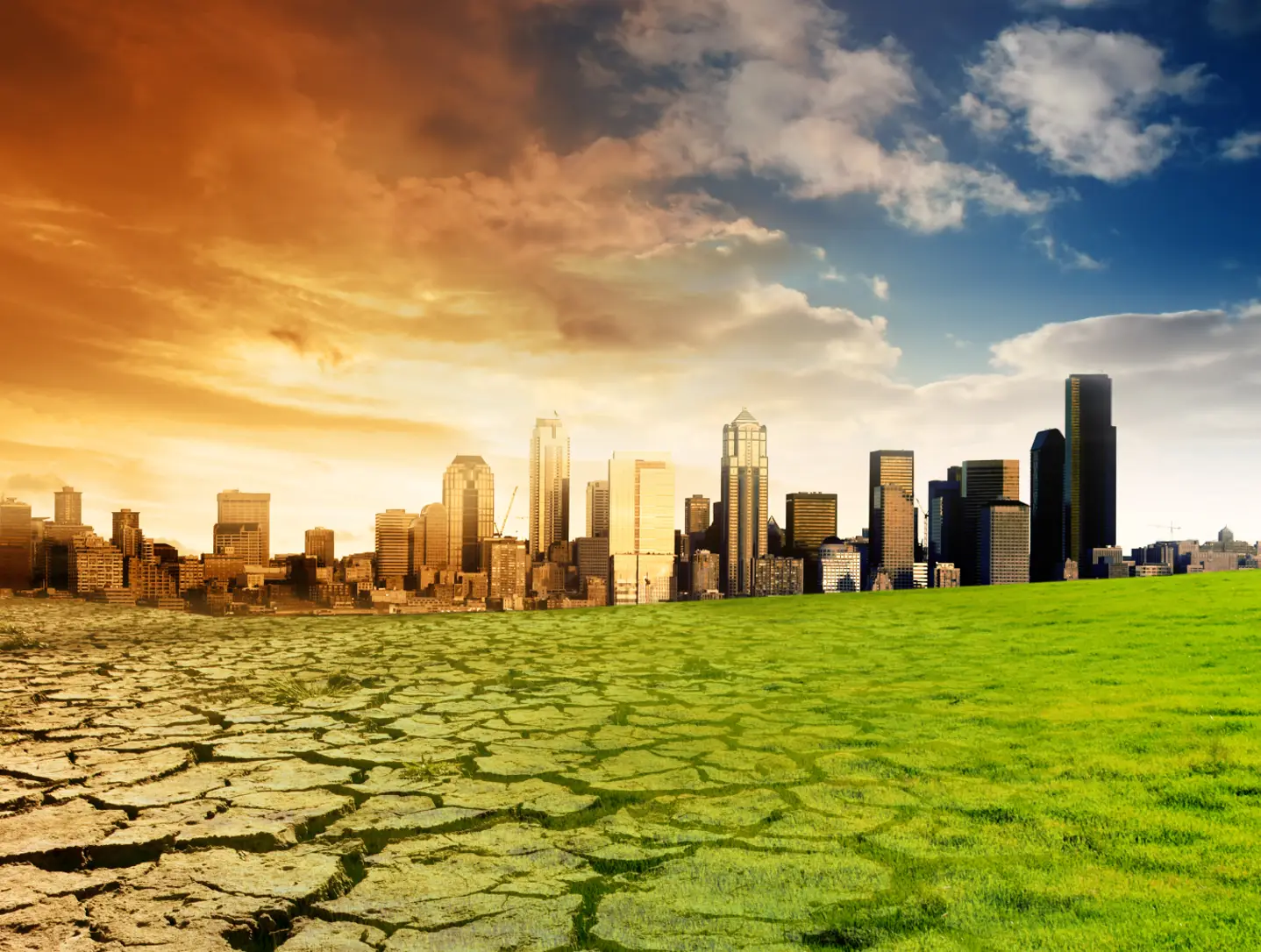Challenges and Opportunities for Multilateral Organizations
Just five years
ago, only 4% of all public and private climate finance (estimated in USD500 bi)
was flowing into the adaptation bucket. Last year, the World Bank broke a
record of ‘climate-related investments’ totaling USD 31.7 bi - a 19% increase from previous
year, - and very close to reach adaptation/mitigation parity, with 49% of the
resources invested in adaptation. But despite the advances, UNEP’s Adaptation
Gap Report 2022 shows that funding adaptation will take from five to ten times
more resources as 2020 adaptation investment level of USD 29bi. The parochial framing that merely increasing
the share of adaptation share is narrow-minded. Adaptation cannot increase at
the cost of cutting down mitigation investments. Rather, multilateral
organizations - such as the World Bank- must increase overall climate
investments manyfold even to stick below 2oC+. For that to happen,
imagination is required to lead a transformational change on how adaptation and
climate investments overall are conceptualized by global donors and funds.
It's
imperative that global climate investments increase exponentially to meet
climate targets. Playing status quo will only lead to tangible, yet
vastly insufficient increments. But what are the challenges? Lying underneath of seemingly operational
constraints – as borrowers’ failure to provide adequate risk assessments, financial
statements, and loan warranties – there are deeper levels that need to be
assessed to understand what limits radical transformative changes leading to
direct climate finance to its goal.
When the World Bank was created after WWII, it was a beacon to end
poverty in the world. Back then, and until very recently, the linkage between
poverty, vulnerability and climate change hasn’t yet really crystallized.
Recently, the vocabulary of “shared prosperity” and “sustainability” were
tweaked in to include, yet indirectly, the overall menacing effects of climate
change. This fragmented view leaves alone the comprehensiveness and overall
determinant ultimatum posed by climate change: it cannot be sliced and packed
into different categories – climate change is overarching, cross-cutting,
transversal, and holistic.
To select projects, the World Bank
project cycle includes the development of a
Country Partnership Framework (CPF) to
agree investment priorities with borrowing
countries. CPFs already mirrors a
boxed view coming from federal governments that ignores interlinkages among
fiscal policy, innovation, employment, and climate change. In fact, the vocabulary of “climate change”
is hierarchically and epistemologically inferior to the language of “fiscal
responsibility”, which often subject LDCs to present primary surplus to
keep investment grade, strangulating State capacity to invest.
If seen as a “cost”, “risk” or
“threat” climate investments, and in adaptation overall, will not triumph over
the climate emergency. The Word Bank has
invested billions of USD in key large infrastructure projects, many of them
with high multiplying effect on investments and wages. Climate investments must be seen as the
highest priority to income inequality by generating abundant fluxes of capital
to developing nations, that will need a never-seen investment levels to
adapt.
Investment with high multiplier
potential must be prioritized, leveraging family’s ability to consume and firms
to invest. The growing demand for power – and electricity overall – presents
invaluable investment opportunities for inclusive mitigation. Early alarm systems and green areas in cities
can assist population to endure heat waves. Rain gardens can slow down
devastating floodings that costs billions a year to repair. Roof solar panels
and wind power input on the grid can mitigate CO2 emission from dirty energy
sources. But it’s not only about that –
all those investments have integrated, holistic effects on health and education
outcomes, with high social multiplying factors and widescale societal gains,
including positive effects on equity.
The economic and social
multiplying effects of climate investments must be taken seriously into
consideration. If those effects are appraised, in consonance with fair
discounted risks for future losses, exponential grow in climate finance can be
anticipated. Imagination is needed to unpack the hierarchical relation between the
vocabulary of climate change and the language of fiscal responsibility. Acknowledging fragmentation in the climate
investment glossary and taking a holistic approach - that does not subject
climate finance to fiscal policy and the need for fiscal surplus - are key to
crystallize the nuanced understanding of climate investments as integrated
solutions to tackle poverty and vulnerability. Hopefully, unveiling such
ruptures between transformations in the way climate finance is conceptualized
can foster radical, transformative changes leading to just climate action.
Author: Marcelo-Sette Mosaner, https://www.linkedin.com/search/results/all/?fetchDeterministicClustersOnly=true&heroEntityKey=urn%3...

Climate change
The energy sector is
central of efforts to
combat climate change

Climate change
In a hotter world energy
efficiency is more
important than ever
